Click on the link below to listen to my 2 min. Garden Bite radio show: Blight blues on lilacs
There’s been a lot of the blues this last few weeks with lots of reports of blight on lilacs. I have plenty myself. They look awful.
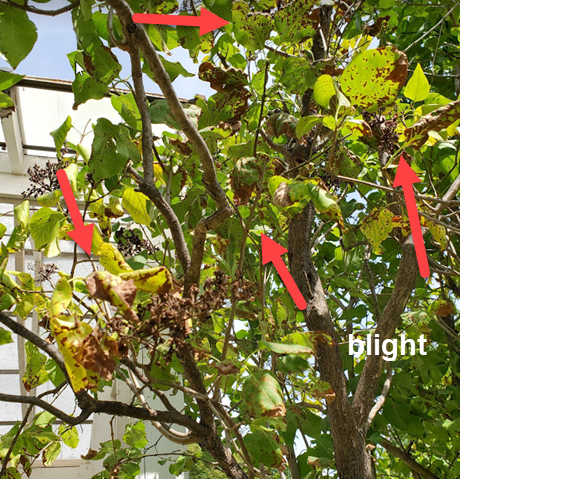
Some of my listeners have sent me pictures of their towering lilacs now can’t down to a few feet tall to try and rid the plants from this nasty fungal enemy.
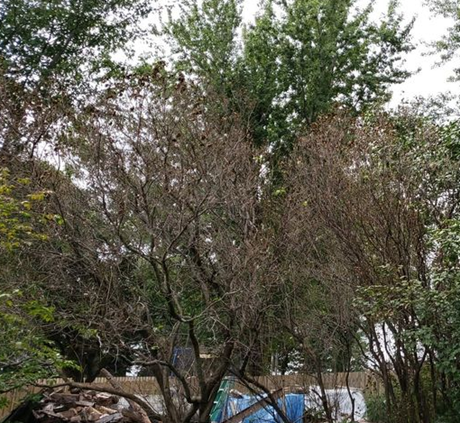
So why THIS year? As if 2020 hasn’t been challenging enough? A cool, wet, rainy, spring season favors development of lilac blight, especially if rains follow a late frost or winter injury.
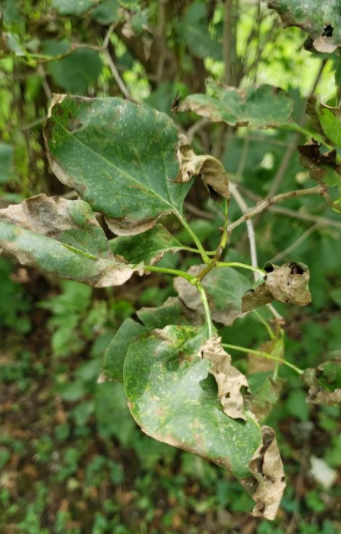
At first, leaves look perfectly healthy and then a short time later they look as though someone put an open flame near them. The dark black streaks on one side of young shoots show the progression of the disease. The flowers will wilt and turn brown and unopened flower buds become blackened.
In my case, I got a few flowers but not like a normal year. Lilac blight is hard to control. I know most folks shrubs are older. Mine are decades, so there’s no shot they are of a disease resistant variety.
So what do you do? Well, prune them and prune them HARD. I found further information on the University of Oregon Extension site.
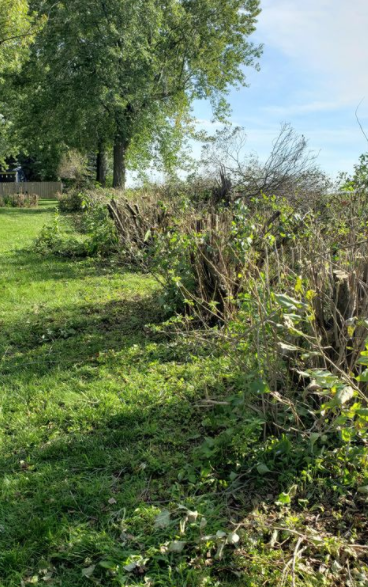
They say to burn all infected parts as soon as you notice them. A spray of copper sulfate during the early spring each year should help prevent the problem before the buds begin to break.
Lilac blight bacteria over-winter on diseased twigs or on healthy wood. Factors that weaken or injure plants – wounds, frost damage, soil pH, poor or improper nutrition and infection by other pathogens – predispose them to the disease.
Sources of this disease can include old cankers, healthy buds, leaf surfaces and nearby weeds and grasses. Wind, rain, insects, tools and infected nursery stock spread the bacteria.
From the Oregon Extension:
- Maintain adequate spacing between plants and prune to provide good air circulation within the canopy.
- Prune out and burn all affected tissues immediately.
- Plant resistant species or cultivars.
- Do not fertilize late in the growing season. Do not over-fertilize young plants.
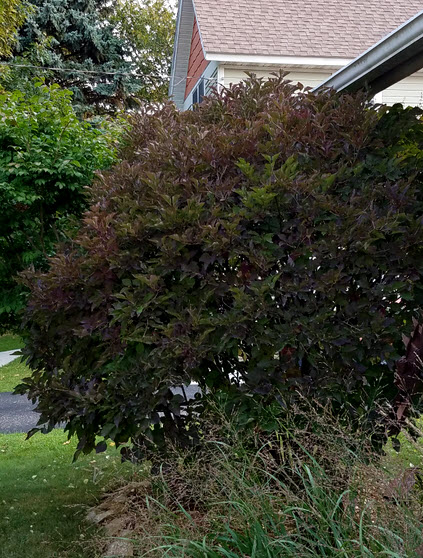
My french lilac has no blight!
